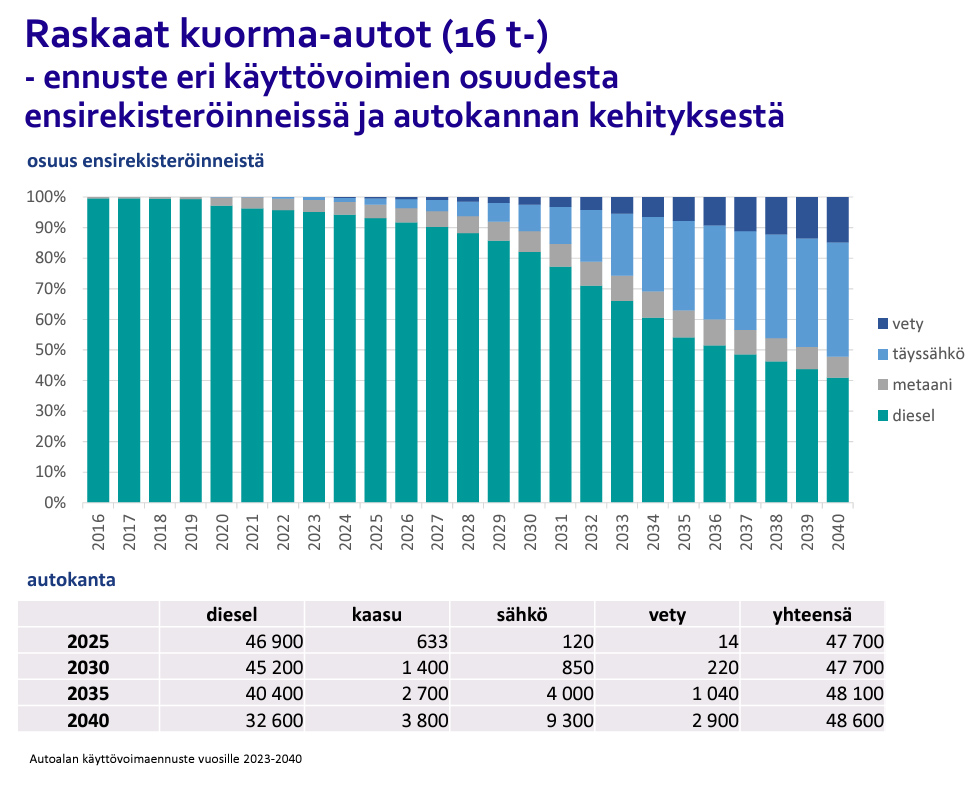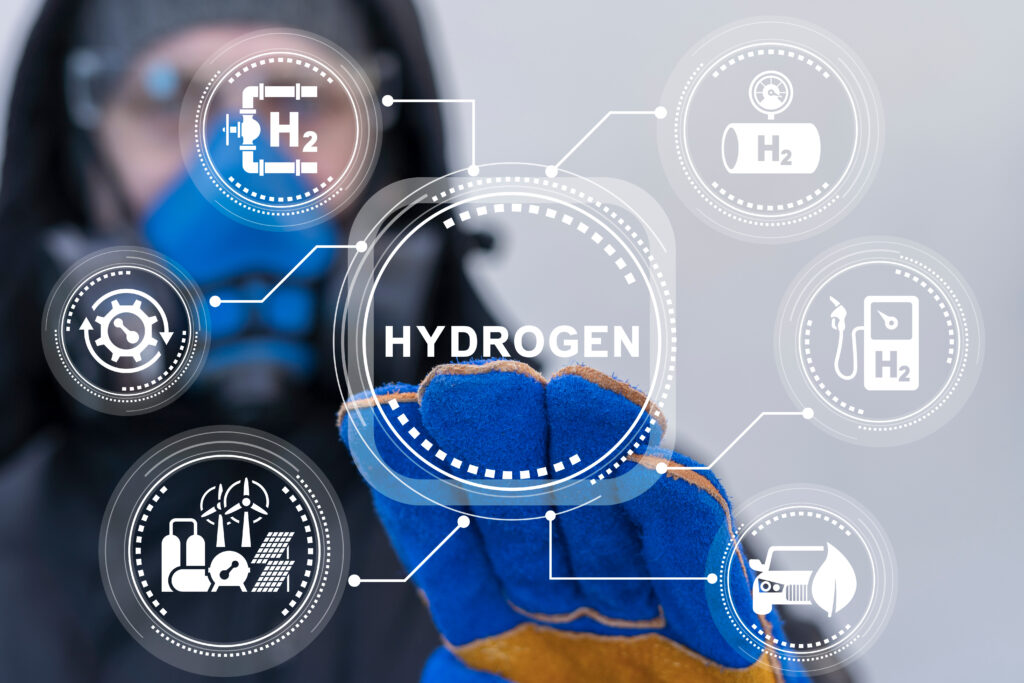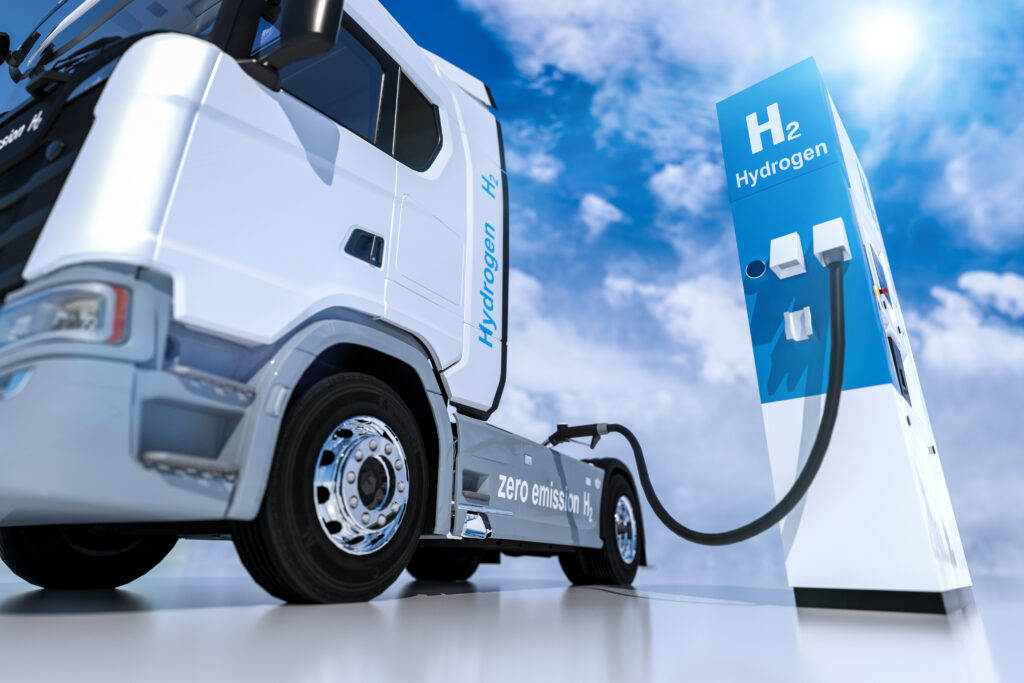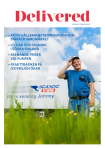One aspect of this work is the study carried out at the end of 2023 with the help of Kjell-Owe Ahlskog at Alcea on the possibilities of alternative energy sources for the heavy transport that makes up Scandic Trans’ main business activity.

According to an analysis published by the Finnish trade association SKAL (Suomen Kuljetus ja Logistiikka ry) in January 2023, around 23% of heavy-duty trucks will be gas trucks by 2040 and electric trucks and hydrogen trucks will account for 10% and 7%, respectively, of the vehicle fleet. The remaining 60% will still consist of diesel-powered vehicles.
Scandic Trans’ goal is a circular economy. We take all interested parties into consideration – from financiers to road users and even fuel companies. The transition is far-reaching, takes time and should be thoroughly studied. This is the first study we’ve carried out at our own expense, though it probably won’t be the last. Knowledge is the key to success,” says CEO Mikael Löfqvist.
The report on the study was presented in December and includes both a presentation and a comparison of the various alternative energy sources. A more detailed presentation of the report will be included in the next edition of our own magazine, Delivered, but here we offer a foretaste of the results, in which the alternatives HVO, natural gas, biogas, E-methane, electricity and hydrogen are all compared with one another.

The study has specifically taken into consideration the main routes and rest stops most used by Scandic Trans’ drivers. The study also takes into consideration the need for cab heating and cargo space cooling in the fleet. More than half Scandic Trans’ vehicles transport goods requiring refrigerated or frozen storage and heating is also needed in some cases.
One challenge in the study process was the fact that Finnish and Swedish trucks transport significantly heavier loads than vehicles in continental Europe. In the main European markets, the maximum vehicle weight is 40 or 44 tonnes, compared with 76 and 74 tonnes respectively in Finland and Sweden.
Scandic Trans’ main routes in the Nordic countries closely coincide with the EU TEN-T Core Network and Comprehensive Network. For these networks, the EU AFIRRegulation stipulates how all countries must develop the infrastructure of charging points, including for trucks. Charging stations for heavy-duty vehicles with a minimum power of 350 kW must be positioned every 60 km along the TEN-T Core Network and every 100 km on the larger Comprehensive TEN-T Network from 2025 onwards, with full network coverage by 2030 at the latest.
Requirements for the expansion of hydrogen and vehicle gas refuelling stations are also defined in the AFIR. According to the rules, Finland should have at least 7 hydrogen refuelling stations no later than 2030, at least 40 liquefied biogas stations no later than 2025 and at least 180 stations no later than 2035.
The report states that if and when the charging and hydrogen refuelling stations are installed along the countries’ core networks in accordance with the AFIR, most of Scandic Trans’ main routes should also have a sufficiently dense network of charging and refuelling stations to meet the basic demand.
However, because Scandic Trans’ operations are concentrated on heavy long-haul transport in the Nordic region, not only is a functioning charging and refuelling infrastructure required, but trucks must also be adapted to cope with the heavy vehicle combinations permitted in both Finland and Sweden.
At present, there are really no alternatives to traditional diesel and HVO that can do this without reducing the distance covered and/or the load weight. Most experts agree that battery technology will dominate in lighter truck transport in the long run, but hydrogen appears to be the most suitable alternative for heavy long-haul transport in the long term. Hydrogen does not entail any restrictions on distances covered and nor does it affect load capacity. Gas trucks will also be a competitive alternative for transport of this type, particularly as long as there is such a large difference between hydrogen and gas trucks in terms of acquisition costs.

At present, however, there are not many hydrogen trucks in production, though a number of manufacturers state that they will launch hydrogen trucks adapted for heavy transport in the near future. Sales of hydrogen trucks for heavy long-haul transport in Finland are expected to take off towards the end of the 2020s. However, the choice of fuel will continue to depend to a great extent on the use of the vehicle. The need for a refrigeration/freezer unit and its energy supply should also be taken into consideration in the choice of fuel. The costs (TCO – Total Cost of Ownership) are, of course, ultimately one of the most important factors in hauliers’ decisions to invest in new vehicles.
Text: Anna Sand
Photo: Adobe Stock and illustrations from the report Scandic Trans – Carbon Neutral 2035 by Kjell-Owe Ahlskog/Alcea





